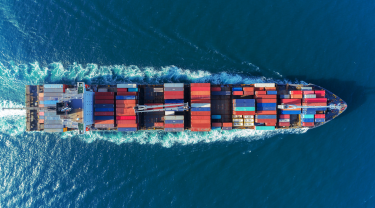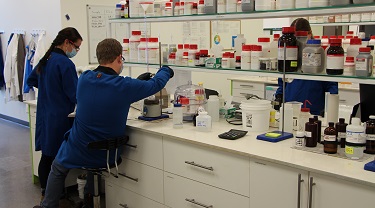The scramble is on. It seems these days that nobody can get what they want—and in some cases—what they need. And it’s all happening at a time of the year when consumers do most of their spending. Suddenly, we have gone from a half-cocked, on-again, off-again economy to full-tilt, over the red-line growth that no one can keep up with. Why has demand quickly outstripped our ability to meet it on such a broad scale?
Boiling the economy back to its very basics, there are three key sources of supply, the ones that generate all the stuff we consume:
- labour;
- physical capital; and
- productivity.
Of the three, labour and productivity are the hardest to change. Physical capital essentially comes down to a simple decision: Will I or won’t I invest? So, if we don’t have enough stuff to meet demand at this moment, it may just be a result of past investment decisions.
Have we underinvested? Quite possibly. The long period of sluggish growth following the global financial and economic crisis of 2008-2009 hardly inspired a torrent of new investment. In fact, prior to the crisis, the world had overinvested, trying to keep up with a pace of demand that was ultimately unsustainable. It took a while to absorb all of that excess in the post-crisis years—lulling business into the sense that lower, slower investment was really some kind of new normal. It was a temporary one, but evidently not temporary enough.
Putting physical capital—simply defined, buildings and machinery—into place is one of the economy’s longer-run decisions. It requires the vision of what future needs the economy will have, and aims to meet those with an appropriate level of production. It’s always a risky decision, and the risk is proportional to the scale of investment. This is clashing with an increasingly short-run world, where faster information flows and just-in-time logistics can hamper long-term planning.
Need No. 1: Getting investment back to what it should have been. If we really did misread the last cycle, and the economy is rebounding from the pandemic and also experiencing a “truer” recovery, then there’s a significant pent-up need for investment in the broader world economy.
Need No. 2: A swell of investment to fill a widening labour market gap. Economies have the ability to grow at a greater rate, but simply don’t have the labour to facilitate it. Unemployment rates everywhere are sinking close to all-time lows, and there’s still a lot of pent-up spending pressure in the economy. Increasingly, investment in equipment that displaces labour, which doesn’t really exist, is what the world economy desperately needs.
Need No. 3: Mitigating supply chain risk. SARS-1 and various business-interrupting events since then have increased discourse on the need for production redundancies: Near-shoring, reshoring and a general delocalization of production are back in vogue. This time, there seems to be more determination to turn talk into action, as evidenced by key surveys that show businesses are implementing plans to reconfigure their supply chain arrangements.
Need No. 4: Future growth. Key emerging markets have grown to the point that their middle-class cohort is expanding by millions every year. Add it up around the world, together with projections that see the trend continuing well into the future, and the result is a faster-growing world influenced more by the rising share of the fast-growing markets. If communication and production technology continues to bring world economies closer together, then there’ll be need for vast increases in productive capacity to keep pace with the world’s needs.
This final point is critical, as current growth dynamics require a large rampup of investment in economies that are feeding into this growth. But an instant, enormous increase in investment isn’t what we typically see. The norm is to wait for the growth to happen, and then pony up the investment. Woven into our current capacity crunch is this fairly significant emerging market strand that’s sure to be part of the story for a long time to come.
The bottom line?
Investment is moving toward the centre of the economic stage. It’s becoming more critical as an element of near-term growth by the day. Let’s hope that the need is met by a rise in investment activity. We need to hope that there’s actually enough capacity in the economy to create additional capacity in the economy. Any takers?
This commentary is presented for informational purposes only. It’s not intended to be a comprehensive or detailed statement on any subject and no representations or warranties, express or implied, are made as to its accuracy, timeliness or completeness. Nothing in this commentary is intended to provide financial, legal, accounting or tax advice nor should it be relied upon. EDC nor the author is liable whatsoever for any loss or damage caused by, or resulting from, any use of or any inaccuracies, errors or omissions in the information provided.








